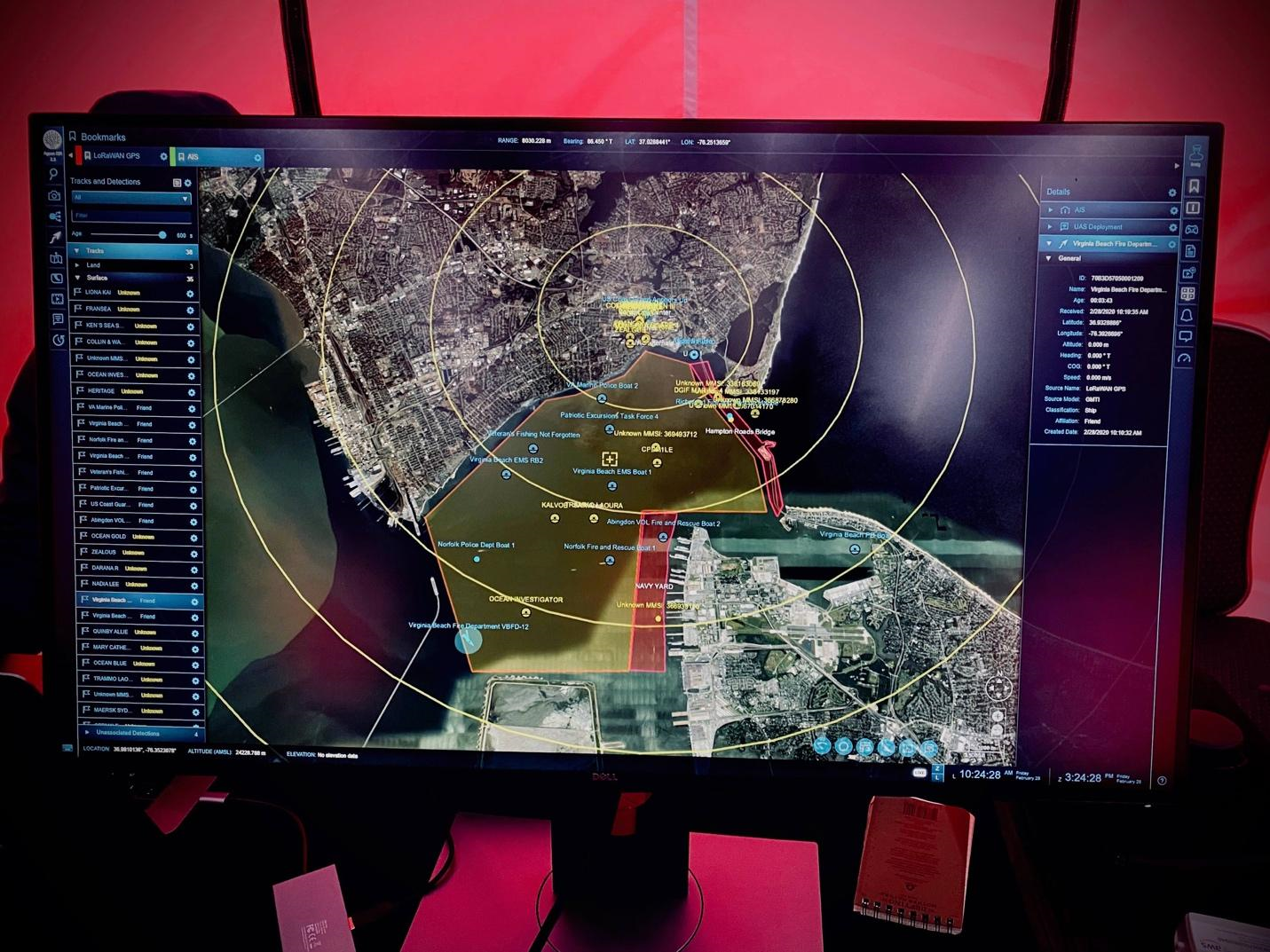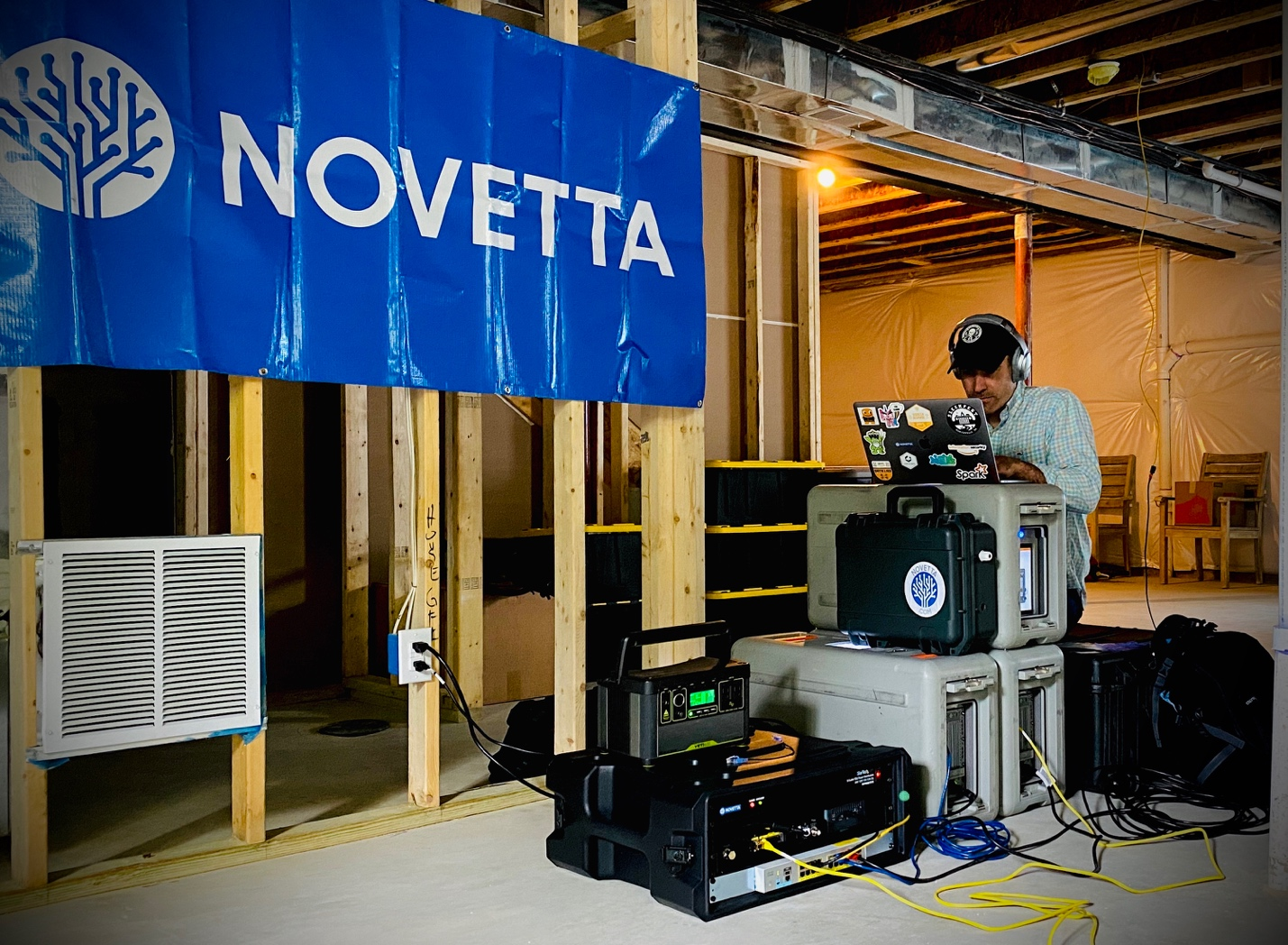AWS Storage Blog
Novetta delivers IoT and Machine Learning to the edge for disaster response
During disaster response, maintaining high safety standards is paramount. Knowing the location of personnel, vehicles, and equipment is critical to maximizing the effectiveness of first responders and supporting safety efforts. Tracking the location of these resources across a complex response, with participation from multiple organizations, can be challenging. Responding organizations often lack interoperability with local, state, and federal command centers, as well as with each other. Additionally, most available location tracking solutions depend on communication backbones such as cellular or satellite networks, which can be unreliable, cost prohibitive, and difficult to use during disaster response operations.
Novetta is an advanced analytics solutions company that is focused on mission success for its customers in the public sector defense, intelligence, and federal law enforcement communities. Our goal has been to improve situational awareness during response operations by deploying pre-configured software components at the edge. Over the last six months, Novetta has had the privilege of collaborating closely with the AWS Snow Family and AWS Disaster Response teams. Working with AWS, we have integrated Novetta’s mission proven C4ISR (command, control, communications, computers, intelligence, surveillance, and reconnaissance) solution, called Ageon ISR. With emerging IoT and Machine Learning capabilities, Ageon ISR is deployed on the rugged AWS Snowball Edge Compute Optimized device. The device acts as a computing and storage hub at the temporary incident command center.
In this blog post, I discuss how Novetta is able to use a Snowball Edge device to simulate successfully tracking the location of various elements involved in a disaster response effort. Ultimately, with its storage and compute capabilities at the edge, the Snowball Edge device enabled us to integrate our Ageon ISR solution and successfully track those elements.
Redefining the disaster response landscape with AWS
AWS partners with Verizon to pair innovative workloads with advanced connectivity during disaster response. During two Verizon-hosted events, Novetta codeployed with AWS to test an innovative solution that focuses on real-time personnel and critical asset tracking at the edge.
In November 2019, we supported Operation Convergent Response (OCR), an annual event hosted by Verizon and Nokia at the Guardian Centers facility in Perry, Georgia. OCR provides first responders, local, state, and federal agencies an opportunity to demonstrate technologies that can save lives. In February 2020, we brought our solution to the Steven Todd Dooley Search and Rescue (SAR) Forum. The SAR Forum is a joint search and rescue exercise hosted annually by Virginia Port Authority and the U.S. Coast Guard in Hampton Roads, Virginia. During both events, our ability to put personnel and assets from any group on the same dynamic map – without an internet or cellular connection – proved to be game-changing (Figure 1).

Figure 1: Novetta’s Ageon ISR displaying location data from first responder vessels on the bay in Hampton Roads, Virginia
Novetta’s solution
Our high-level approach is to display tracking information using commodity GPS sensors dynamically assigned to people, vehicles, and equipment. The LoRa (Long Range) protocol enables low-power, long-range encrypted communications between each sensor and a central LoRa Gateway (Receiver & Packet Forwarder). The processing engine and the application server are running on Amazon Elastic Compute Cloud (Amazon EC2) instances launched on an AWS Snowball Edge Compute Optimized device (Figure 2). The Snowball Edge device allows us to bring data and EC2 instances into the field. With an available 80 TB+ of usable storage capacity and the ability to host multiple compute instances in parallel, Snowball Edge provides a slice of your cloud environment in a rugged box that can function without being connected to the cloud.

Figure 2: In the connected environment, data from the Snowball Edge is synced with Ageon ISR hosted in the AWS Cloud for remote situational awareness
Our solution supports local, “in the field” users as well as remote users connected via satellite, backhaul viewing Ageon ISR hosted on Amazon EC2. During disaster response, operations connectivity is never guaranteed, making it critical to operate at the edge without internet access. When internet backhaul is established, we sync data collected at the edge to an instance of Ageon ISR running in the connected cloud environment, providing situational awareness to remote users. Leveraging advanced video processing software running on the Snowball Edge, we post-process video surveillance feeds to operate under reduced bandwidth, a typical condition during response operations.
To manage sensor attribution, we developed a mobile application whose API is hosted on the Snowball Edge device in the field (Figure 3). The application tracks who and what is carrying the sensor, sensor health, reception, and battery status.

Figure 3: Novetta developed a custom mobile application that runs at the edge for sensor management (assignment, battery levels, etc.)
Using the app, we can quickly and simply re-assign a sensor to another person, vehicle, or piece of equipment by scanning a QR code (Figure 4).

Figure 4: LoRaWAN GPS sensors are labeled with QR codes for quick access in the mobile application
The API (Application Programming Interface) fused sensor location, ID, and battery voltage from the LoRaWAN (Long Range Wide Area Network) gateway with assignments (Figure 5). The API then sent NATO standard (4676) track messages to Ageon ISR. We tuned the sensor transmit rate to ping each sensor every second while the sensor was moving. Three AAA batteries lasted on average 48 hours, better than expected given packet transmission frequency.

Figure 5: Location data is transmitted via LoRaWAN to the Snowball Edge device
LoRaWAN sensors live up to their reputation for being “long range, low power.” We observed packets from well over 7 miles away using a single CISCO IXM gateway antenna. We explored ways to tune performance with machine learning by recommending gateway placement and labeling areas on the Ageon ISR map (for example, “popular route” or “parking area”) based on conditions observed in the field.
For our initial deployments, range performance exceeded expectations as evident by recorded observations from several miles away from the gateway. By the end of the SAR Forum, our team was able to set up the entire stack in less than 20 minutes and proved the value of flexible and interoperable solutions at the edge. We were able to put vessels and personnel from 30+ organizations on the same map covering 35 square miles of open water (Figure 6). Our team is post-processing the sensor data to train machine learning models, which help improve gateway placement and classify sensor behaviors to better inform first responders in real time.

Figure 6: Raw GPS sensor data collected during the SAR forum
Conclusion
OCR and the SAR Forum validated that modern IoT devices and edge computing technology can be used to augment situational awareness during disaster response. Working with AWS Disaster Response, we are exploring ways to scale our solution to meet the needs of complex international response efforts using advanced analytics, IoT, and edge computing technologies.

Figure 7: Readying multiple Snowball Edge devices for coordinated response efforts
The next step is to offer “multi-site” capabilities, where local response efforts can be monitored in the cloud, enabled by various backhaul connectivity channels. Working with AWS Disaster Response, Novetta is providing enhanced architecture, field networking, and integration support to take our Snowball Edge based solution to the next level for larger scale response efforts.
If you would like a video representation of this blog post, check out my video presentation at AWS re:Invent 2019:
Thank you for your interest in this blog post. Please leave a comment, or get in touch with us directly by clicking on the below icon:
The content and opinions in this post are those of the third-party author and AWS is not responsible for the content or accuracy of this post.